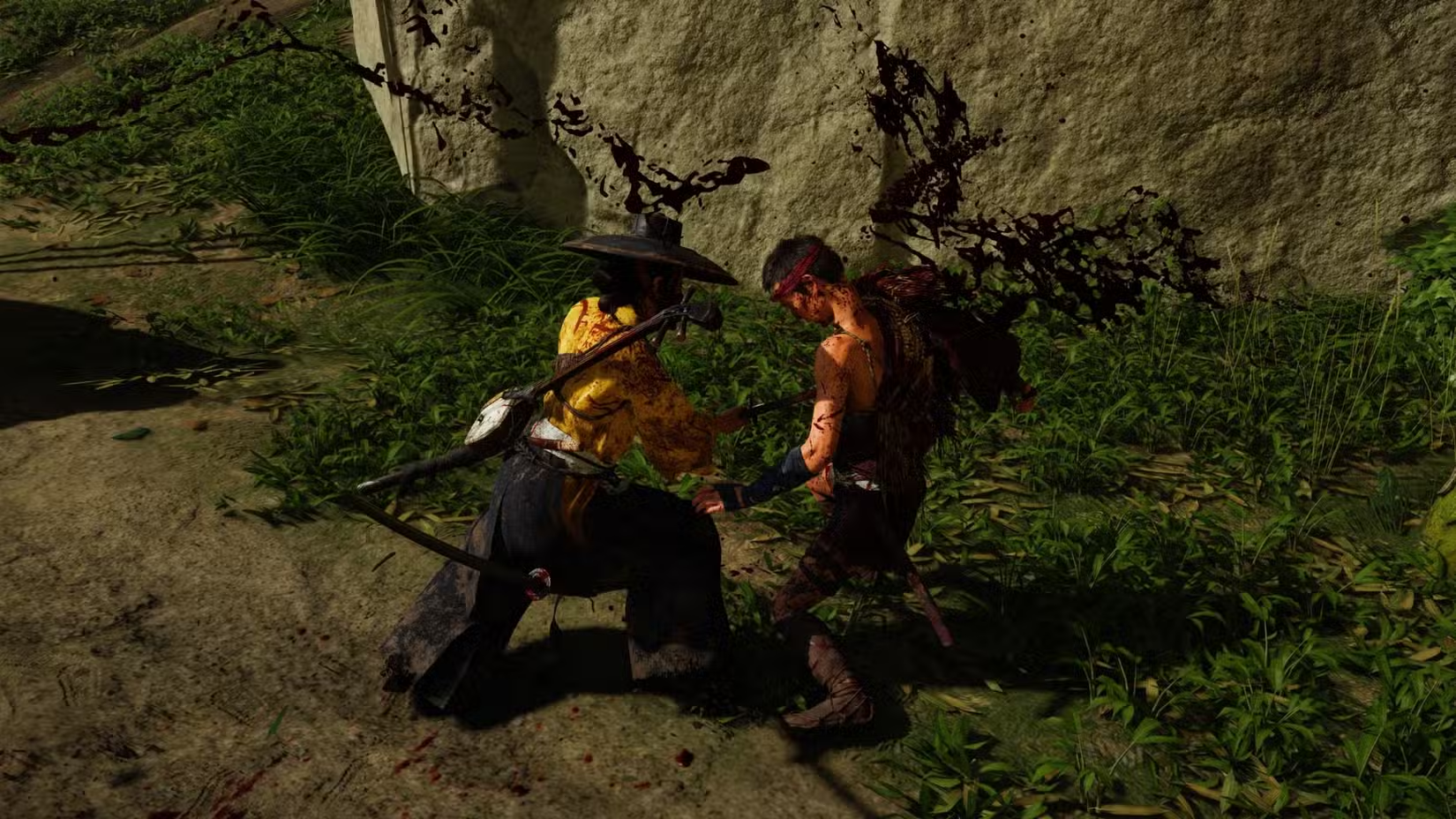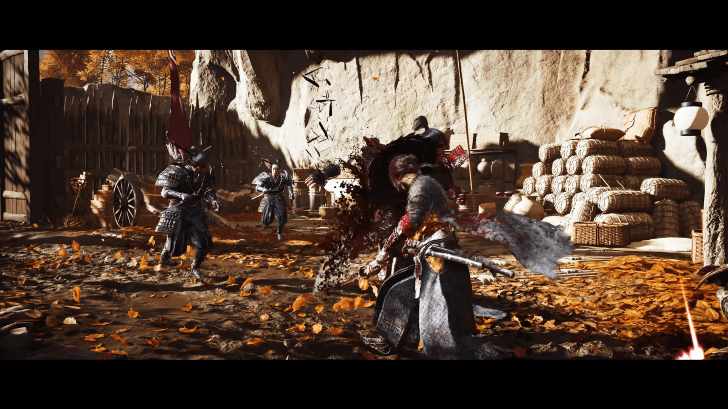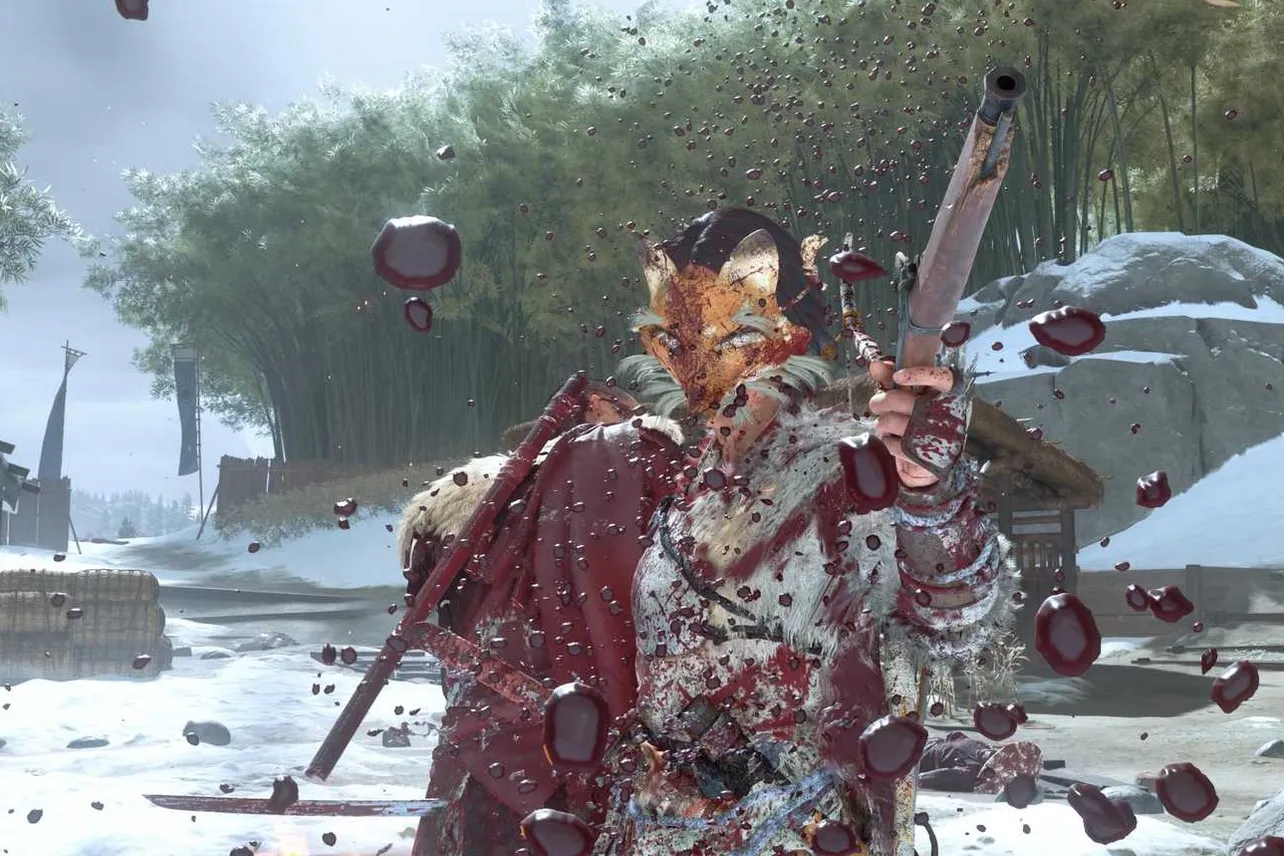Ghost of Yōtei adds a trio of “director modes” that reframe the game’s look and feel. Miike Mode, inspired by filmmaker Takashi Miike, is the most aggressive of the three: it pulls the camera in closer during combat and amps up on-screen blood and mud. If you want fights to feel raw and claustrophobic, this is the switch to flip.
What Miike Mode actually changes
Miike Mode alters two things during combat:
- Camera distance: the framing tightens, placing the action closer to your character and opponents.
- Effects density: blood splatter and mud accumulation are more pronounced, making strikes and ground conditions look messier.
The result is a grittier presentation that emphasizes impact. Expect more visceral feedback on hits and armor that dirties up faster as you move through rain-soaked fields and churned-up battle sites.

Trade-offs to expect with the closer camera
The stylized camera is a double-edged katana. The tighter view heightens intensity, but it also reduces peripheral awareness. In groups, off-screen enemies can approach your blind spots sooner than in the default camera.
- It shines in duels and small skirmishes where spacing is controlled.
- In larger encounters, be deliberate about repositioning and use tools that buy space.
Tip: Use crowd-control moments to your advantage. Abilities that cause panic or stagger give you precious seconds to re-center the fight before enemies close from the edges.
How to turn Miike Mode on (and off)
You can set director modes in two places:
- New game setup: choose from the available director modes before starting.
- In-game: open Settings > Game and scroll to Visuals to toggle director modes.
Director modes are independent toggles. You can run any one of them on their own or stack them together. For example, you can combine Miike’s tighter combat camera with Kurosawa’s black-and-white film grain, or enable Watanabe’s lo-fi soundtrack while keeping the default visuals.
Director modes compared
| Mode | What it changes | What you’ll notice | Good to use when |
|---|---|---|---|
| Kurosawa | Visual filter, audio, wind | Black-and-white image with film grain, audio filtering; wind cues feel stronger | Story missions, cinematic captures, classic samurai-film vibe |
| Miike | Combat camera, blood/mud effects | Closer framing during fights; heavier splatter and grime on characters and terrain | Duels, intimate skirmishes, players who want a harsher, kinetic presentation |
| Watanabe | Music during exploration and combat | Original lo-fi/hip-hop tracks curated for free-roam and battles | Open-world roaming, experimentation with different tonal moods |
How Miike Mode affects moment-to-moment play
The mode doesn’t change enemy stats or mechanics; it reframes how you perceive space and timing in fights. With less screen real estate around your character, you’ll benefit from these habits that already fit the game’s systems:
- Switch weapons mid-combat to answer the crowd in front of you rather than the enemies you can’t see yet.
- Use ranged options to thin groups before they fully surround you, then commit to close quarters once you’ve broken their formation.
- Leverage fear or stagger effects to interrupt multiple attackers while you reset your positioning.
If you prefer a wider tactical view for multi-enemy encounters, you can always disable Miike Mode just for a siege or camp and re-enable it for duels and story beats. The toggles are quick to reach.
Pairing Miike Mode with the other cinematic options
- Miike + Kurosawa: a stark, high-contrast look with a brutal, up-close camera — excellent for stylized photo mode shots and boss duels.
- Miike + Watanabe: the gritty combat framing with laid-back lo-fi tracks for roaming between fights.
- All three: monochrome, close-up combat with a curated soundtrack for the most extreme remix of the game’s presentation.
Note: Director modes are purely stylistic. They can be mixed to taste without affecting difficulty or progression.

Where Miike Mode feels best
Miike Mode is at its most effective when tension and immediacy matter more than perfect situational awareness. That includes:
- One-on-one duels and named encounters where the fight’s rhythm is the focus.
- Story beats that lean into revenge and brutality, where the visual tone matches the narrative.
- Photo Mode sessions that aim for kinetic, splatter-filled frames with dense texture work.
Outside of those moments, toggling back to the default camera for large open brawls is a practical compromise — and switching only takes a few seconds.
The takeaway: Miike Mode is a style choice that meaningfully shifts how combat feels on screen. Use it when you want intimacy and impact, disable it when you want more space, or pair it with Kurosawa and Watanabe modes to build your own cinematic mix. You’re not locked in, so experiment — the right combination will likely change from duel to duel and region to region.

